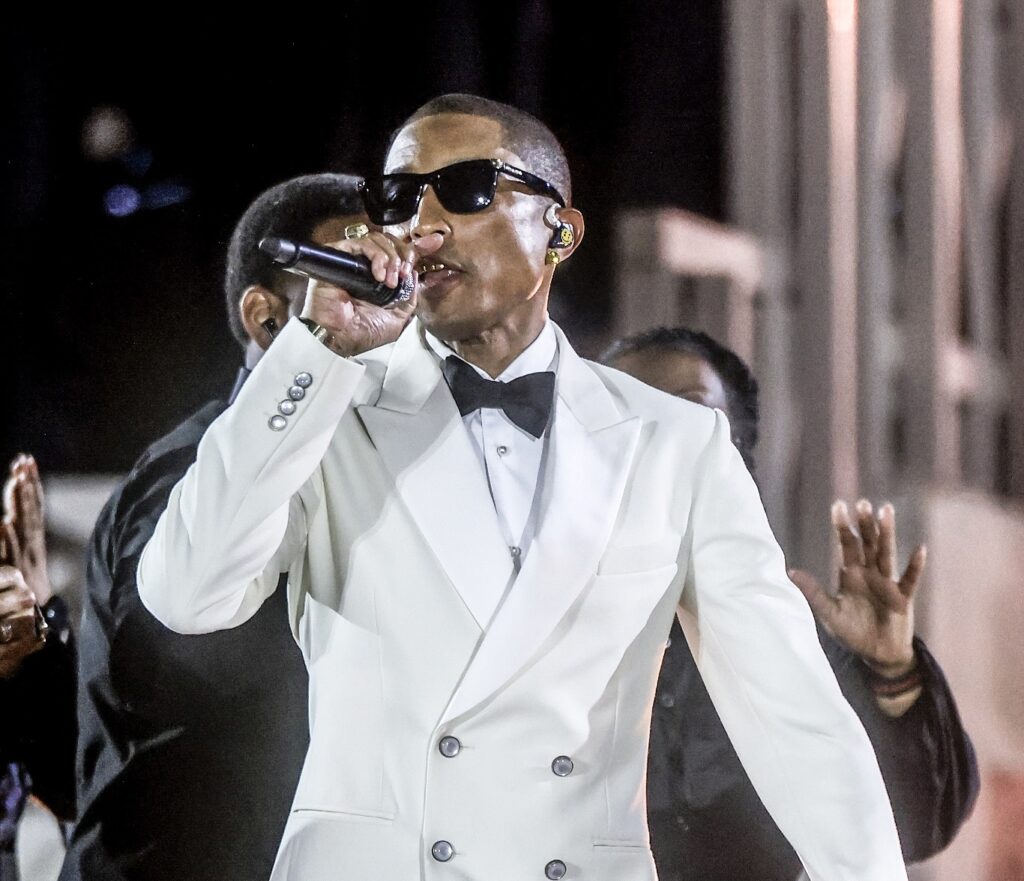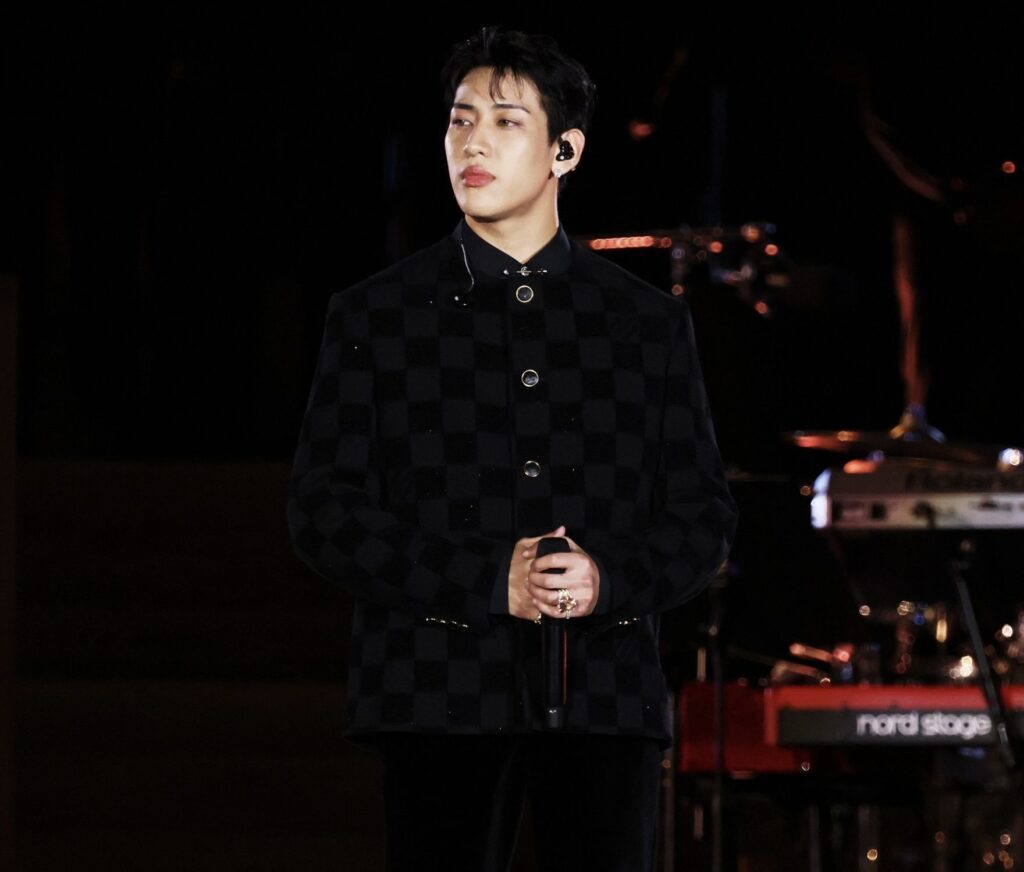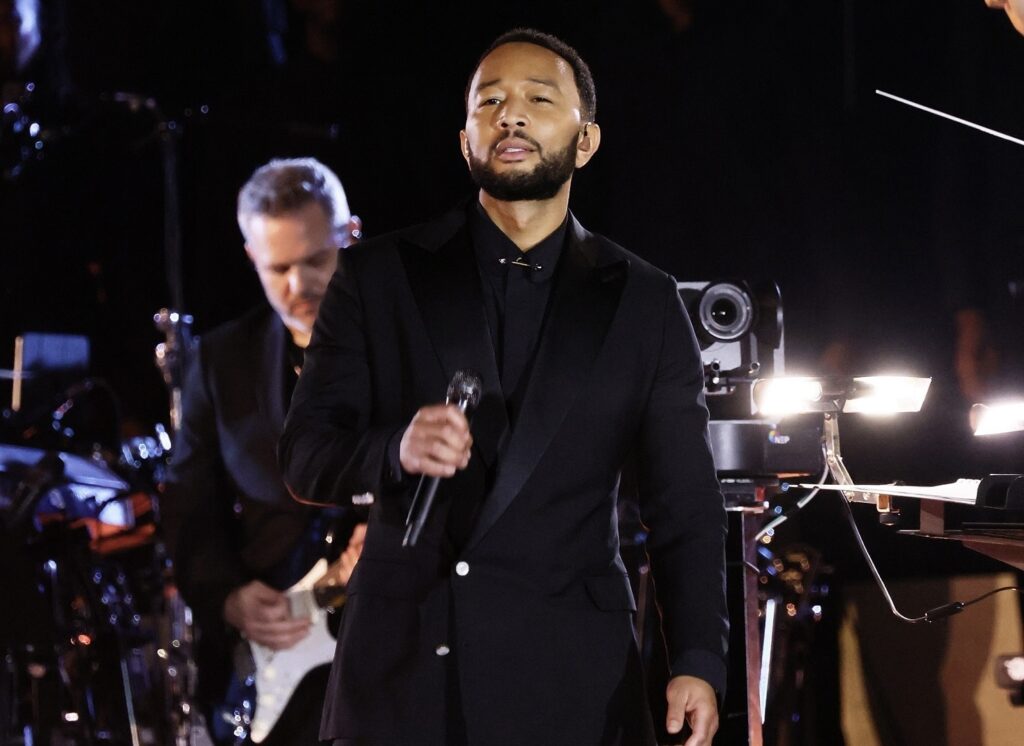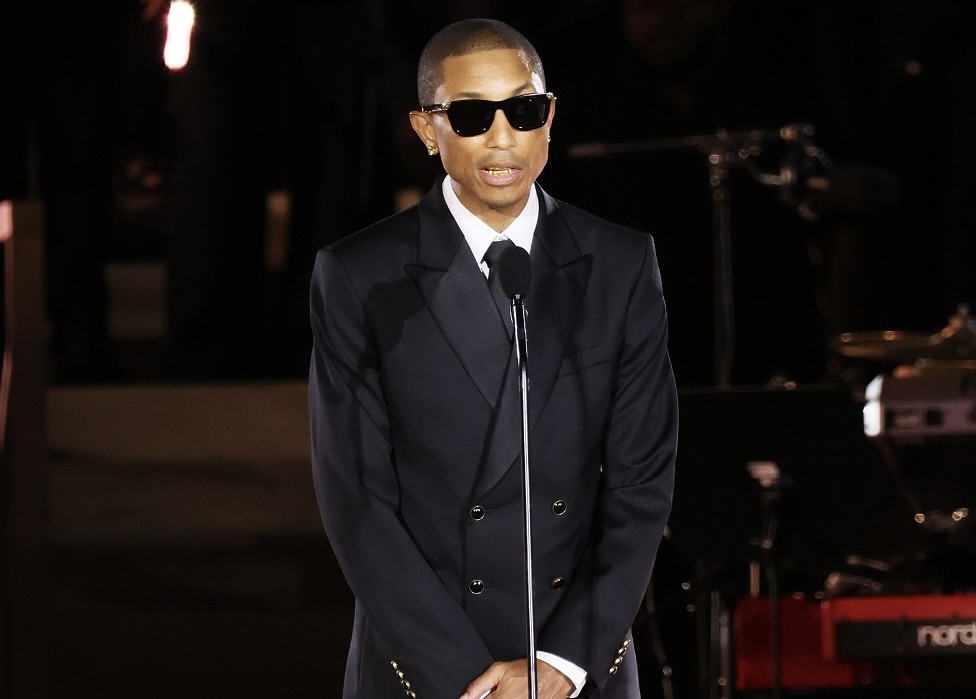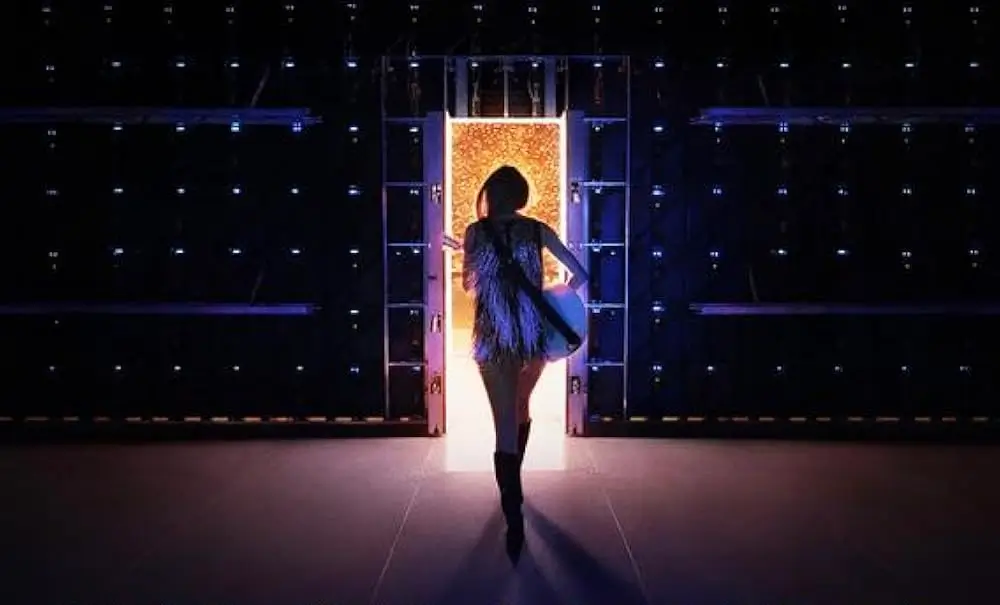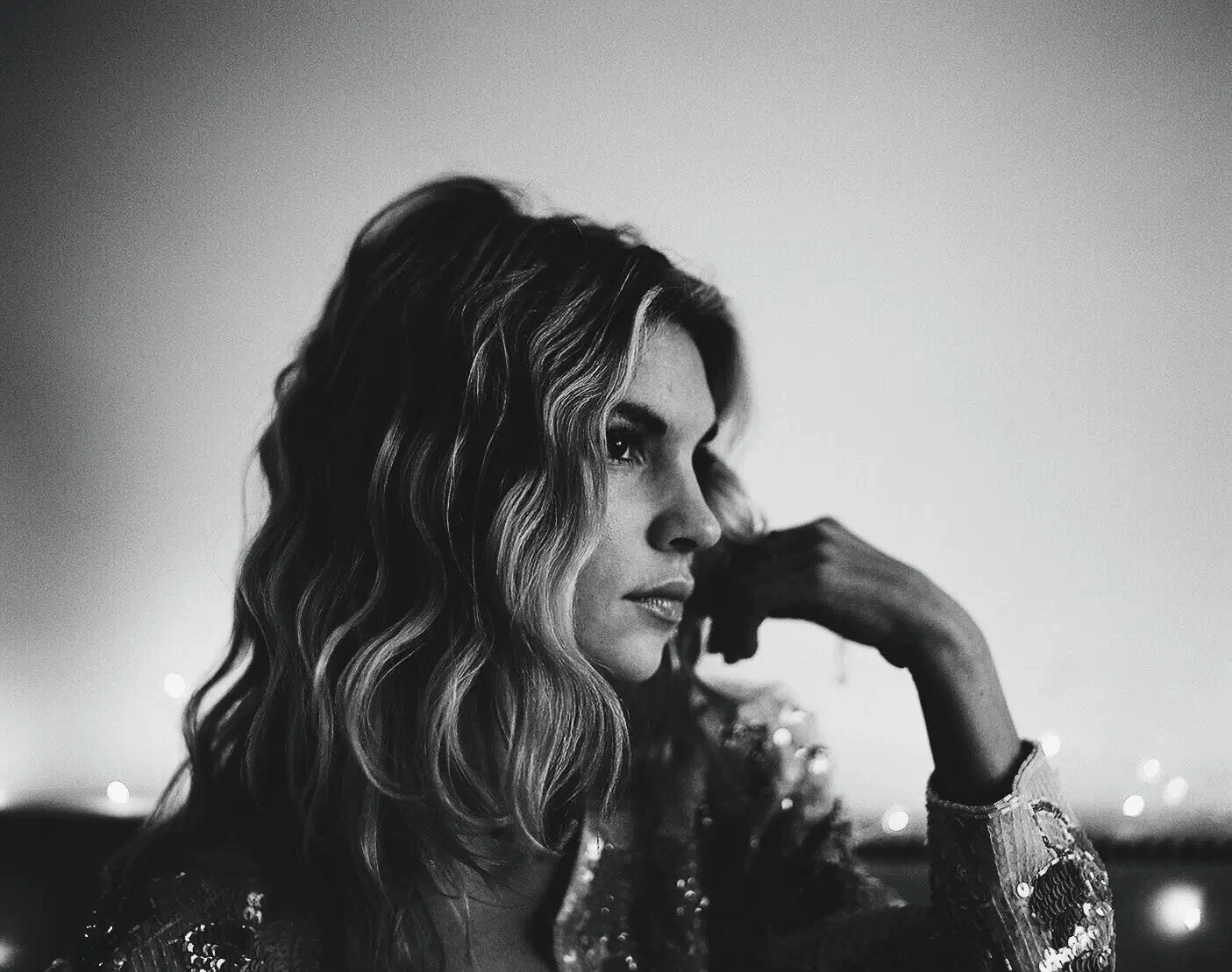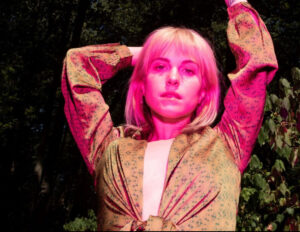On September 13, 2025, the cobblestones of St. Peter’s Square in Vatican City—a site better known for papal audiences and centuries of solemn processions—became the stage for a groundbreaking cultural event. For the first time in history, a global music concert was hosted at the heart of the Vatican, drawing 253,000 people into the iconic piazza beneath the gaze of Michelangelo’s dome. The occasion: Grace for the World, a concert conceived and co-directed by Pharrell Williams in collaboration with legendary tenor Andrea Bocelli, serving as the grand finale of the World Meeting on Human Fraternity.
The gathering was more than a concert. It was a convergence of faith, art, diplomacy, and entertainment—a moment where music transcended its role as performance to become a medium of unity and spiritual reflection. With a star-studded lineup including John Legend, Clipse, Jennifer Hudson, BamBam of K-Pop fame, and Latin superstar Karol G, the event stitched together a diverse sonic tapestry that echoed across Rome and beyond.
The Setting: A Square Transformed
St. Peter’s Square has always been a space of gathering—pilgrims flock from across the globe to hear the Pope, to bear witness to Easter celebrations, to mourn and rejoice. Yet on this September night, the square was transformed into a living amphitheater of sound and light.
The stage was erected with sensitivity to the architectural grandeur surrounding it: Bernini’s colonnades wrapped around the audience like arms of stone, while the basilica loomed as a backdrop, illuminated by carefully designed lighting that enhanced rather than overshadowed its majesty. The Vatican permitted for the first time a drone and light show within the square’s airspace, culminating in breathtaking patterns inspired by the Sistine Chapel ceiling. Figures of creation, outstretched hands, and celestial motifs flickered across the night sky, marrying Michelangelo’s frescoed vision with twenty-first-century technology.
The transformation was symbolic. Just as the Sistine Chapel ceiling once redefined religious art, the concert sought to redefine how sacred space could host global culture.
Pharrell’s Vision: Grace as a Universal Language
Pharrell Williams, producer, performer, designer, and now creative director of Louis Vuitton Men’s, has long positioned himself as an architect of cultural bridges. His concept of Grace for the World was not merely a show, but a meditation on human fraternity—a theme aligning with Pope Francis’s ongoing call for interfaith dialogue, environmental responsibility, and compassion across borders.
“Grace,” Pharrell explained in pre-event interviews, “is the gift you don’t deserve but receive anyway. Music, like grace, is a gift meant to be shared, regardless of where you come from.”
The concert was structured as a journey: beginning with quiet, contemplative performances, building toward rousing anthems of unity, and culminating in a collective release—voices joined, hands lifted, strangers embracing in one of the most sacred spaces on earth.
The Lineup: A Global Choir of Voices
Pharrell curated a lineup designed to reflect diversity not only in genre but in geography and cultural background.
Andrea Bocelli
As co-director and one of the world’s most beloved tenors, Andrea Bocelli opened the evening with a soaring rendition of Ave Maria. His voice, echoing against the basilica’s stone façade, set a tone of reverence that grounded the concert in the spiritual gravitas of its setting.
John Legend
The American singer-songwriter delivered a poignant set that blended gospel roots with contemporary soul. His performance of Glory—the Oscar-winning anthem from Selma—resonated deeply, framing the night as both celebration and moral call-to-action.
Clipse
Reunited for this historic event, Pusha T and No Malice of Clipse brought hip-hop’s raw storytelling into the Vatican space. Their set, carefully chosen, emphasized redemption and resilience, proving that rap, too, has a place in conversations of fraternity.
Jennifer Hudson
Hudson, with her powerhouse vocals, electrified the audience with renditions of Hallelujah and One Night Only. Her presence injected Broadway glamour and soulful urgency, reminding the crowd of music’s ability to heal and uplift.
BamBam
Representing K-Pop’s global wave, BamBam infused the night with youthful energy. His set included a special arrangement of his hit Ribbon, reimagined with orchestral backing, bridging East and West in one sweeping performance.
Karol G
Closing out the lineup before the finale, Colombian star Karol G lit up the square with reggaeton rhythms that had the crowd dancing. Her music, unapologetically joyful, underlined the theme that unity can be celebratory, not just solemn.
The Grand Finale: A Choir of Humanity
The night concluded with all performers joining Pharrell and Bocelli on stage for an original composition titled Grace for the World. Accompanied by a 200-member interfaith choir and full orchestra, the piece wove together motifs of gospel, opera, rap, and Latin rhythm. The lyrics, projected on massive screens in multiple languages, invited the audience to sing along—an act that turned 253,000 attendees into active participants.
Above, the drone show unfolded: two hands, mirroring Michelangelo’s Creation of Adam, stretched across the sky until they touched, erupting into cascades of light. It was a theatrical gesture, yet profoundly symbolic—a visual metaphor for connection across divides.
The Message: Peace, Unity, and Human Fraternity
The concert’s role as the finale to the World Meeting on Human Fraternity positioned it as more than entertainment. It was a deliberate act of cultural diplomacy. Pope Francis, though not present on stage, issued a message read aloud before the finale, affirming music as a “universal language capable of sowing seeds of peace where words fail.”
Attendees reported moments of spontaneous connection—pilgrims embracing strangers, young and old singing together, flags from over 70 nations waving in unison. In a world fractured by political conflict, economic inequality, and climate crisis, the concert suggested that shared experiences could foster solidarity, even if temporarily.
A Production Feat
Pulling off a concert of this magnitude in Vatican City required extraordinary logistical coordination. Security protocols were heightened, with collaboration between Vatican police, Italian authorities, and international security teams. The sound system had to be engineered with precision to respect the acoustics of the square, ensuring clarity without overpowering the sanctity of the space.
The drones, too, presented challenges: Vatican City’s airspace is tightly restricted, requiring special permissions. The design team, drawing inspiration from Michelangelo’s frescoes, programmed the fleet to render images with delicate precision. The result was an aerial performance that complemented rather than distracted from the music.
The Cultural Significance
By staging Grace for the World at St. Peter’s Square, Pharrell and his collaborators expanded the possibilities of what music can do. It was a flow of sacred and secular, local and global, traditional and contemporary.
This was not the first time music had entered sacred space—recall Paul VI’s blessing of The Beatles in 1965, or U2’s historic concerts infused with spiritual imagery—but it was the first to fully embrace the Vatican as stage, audience, and collaborator. The event established a new precedent: that cultural expression, when rooted in values of peace and fraternity, belongs in the world’s most sacred spaces.
Public and Critical Reception
Early reviews hailed the concert as “a once-in-a-century moment.” Social media buzzed with clips of the drone finale and crowd choruses, spreading the event to millions who could not attend in person. Critics praised Pharrell’s vision and Bocelli’s gravitas, though some noted the challenges of balancing sacred context with commercial spectacle.
Yet the overwhelming sentiment was awe. Attendees spoke of goosebumps, tears, and feelings of renewed hope. For many, the concert was not just music—it was a spiritual experience.
What It Means for Pharrell’s Legacy
For Pharrell Williams, Grace for the World cements his reputation not just as a musician or fashion designer, but as a cultural architect. In the same way his track Happy became an anthem of optimism, this concert sought to inscribe his creative identity into a larger narrative of unity and peace.
By collaborating with Bocelli and drawing talent from multiple continents, Pharrell positioned himself as a bridge-builder, echoing his philosophy that creativity thrives at the intersection of art, spirituality, and humanity.
A Night Etched in History
September 13, 2025, will be remembered as the night when music, faith, and humanity converged in the most symbolic of venues. Grace for the World was more than a concert—it was a declaration that culture can heal divisions, that grace can transcend borders, and that in the shadow of St. Peter’s Basilica, a new chapter of musical diplomacy was written.
As the final notes faded and the crowd dispersed into the Roman night, one truth lingered: the world had witnessed a historical moment for music, for faith, and for human fraternity.
No comments yet.

